Ira David Sankey was born August 10, 1840, to a prominent and wealthy family in Edinburg, in what later became a part of Lawrence County, Pennsylvania. His English-born great grandfather William Sankey had come to Pennsylvania in the late 1700’s, and his grandfather Ezekial Sankey Sr. was undoubtedly the first white settler in what is now Union Township. His father David Sankey was a prominent businessman, government worker, and state senator who was largely responsible for the creation of Lawrence County in 1849.
Ira Sankey, born into a pious Methodist family, attended regular church services and began singing hymns with his family. It soon became apparent that he had a very gifted baritone voice and became a member of the church choir. When Sankey was about fifteen he was “saved” during a revival at the King’s Chapel Methodist Church. The following year his family moved to West Washington Street in New Castle where his father was employed nearby as a banker.
Sankey and his family began attending the First Methodist Episcopal Church on Jefferson Street and he became heavily involved in church affairs. He eventually led up the church choir, led a Bible class, and oversaw the Sunday school activities. He also became well-known throughout the region as he began singing gospel hymns at numerous religious conventions, conferences, and revivals. He joined the U. S. Army just prior to the outbreak of the Civil War in 1861, and often sung sacred songs and hymns to his homesick comrades during the conflict. When he returned home he joined his father and took up employment as a government tax collector with the newly created Internal Revenue Service (IRS). In September 1863 he was married to the former Frances “Fanny” Edwards, the well-to-do daughter of a state senator, and they had three boys together in the coming years.
In 1867 a local branch of the Young Men’s Christian Association (YMCA) was chartered in New Castle and Sankey became involved as the treasurer – and later served as the president. In June 1870 he served as a delegate to a religious convention in Indianapolis, Indiana, and met Dwight L. Moody, a burgeoning Methodist evangelist from Massachusetts who was operating out of Chicago. Moody was highly impressed with Sankey’s singing prowess and eagerly invited Sankey to join him. He envisioned Sankey’s singing talents adding a whole new element to his own preaching skills. Sankey was flattered by the persistent Moody, but decided to return home to New Castle for the time being.
Six months later Sankey, along with a portable organ, finally joined Moody for a week in Chicago and sung at several gatherings around the city. He later returned to Chicago to work with Moody and they were holding a service in Farwell Hall when the Great Chicago Fire, one of the worst American disasters of the 19th Century, broke out on October 8, 1871. They were lucky to survive and Moody lost his home, church, and parsonage. Sankey returned home to New Castle while Moody went about rebuilding his congregation and church. A year later Sankey took a leap of faith. He quit his IRS job, moved his family to Chicago, and devoted himself fulltime to Moody’s ministry in the Midwest.
Both Moody and Sankey understood the power of music in the church and together they assembled a small entourage of skilled hymn writers and gospel singers to collaborate with Sankey. Sankey often sang hymns composed by such famous composers as Fanny Crosby, P. P. Bliss, James McGranahan, George C. Stebbins, and Major D. W. Whittle.
Moody, who was very intrigued by evangelical efforts in Scotland, convinced Sankey to accompany him to Great Britain in June 1873 without much of a formal plan. The campaign got off to a rather unspectacular beginning, but they were soon preaching and singing in front of decent-sized crowds in such cities as Glasgow, Edinburgh, Dublin, Manchester, Sheffield, Birmingham, and Aberdeen. When they arrived in London in early 1875 they were an unqualified success and held their services in front of crowds of up to 20,000 people for the next few months. Among the interested spectators was monarch Queen Victoria and statesman William E. Gladstone.
What made Sankey special was his singing prowess, a rich baritone voice that made him world famous and earned him the nickname of “the Sweet Singer of Methodism.” He also utilized a large choir (some later accounts report over 600 members) and moved it front and center with the preacher, unlike in the past where the choir was virtually an afterthought and hidden in the background behind curtains.
Sankey, primarily a singer who wrote only a small percentage of his works, had a knack for taking acapella (voice only) hymns or poems and accompanying them with music. It was during a religious service in Edinburgh, Scotland, that he spontaneously put to music the poem known as The Ninety and Nine, composed by the late Scottish composer Elizabeth Clephane. This powerful hymn became the most popular tune in Sankey’s vast library and is still celebrated today. While abroad Sankey published his first songbook, a 24-page booklet entitled Sacred Songs and Solos, which was later greatly expanded and became a major success. The royalties from this book, and many subsequent published collections, helped fund much of the endeavors of Moody and Sankey.
They returned to the United States as renowned celebrities in late 1875 and kicked things off with a major revival in Brooklyn, New York. They continued on with visits to such places as Philadelphia, New York City, Nashville, St. Louis, and Kansas City. When they made their triumphant return to Chicago later in 1876 they were hailed as heroes of faith. The coming years saw them criss-cross the United States, visit Mexico and Canada, tour the Hold Land of Palestine and other locales in mainland Europe and Africa, and make several return trips to Great Britain.
In the coming years Moody opened several religious schools in his hometown of Northfield, Massachusetts, and founded what later became the Moody Church and Moody Bible Institute in Chicago. Sankey continued his singing career and became a leading Christian music publisher as president of the New York-based Biglow & Main, one of the oldest Christian publishing firms in the country. Sankey had acquired considerable wealth and contributed widely to various religious causes. Back in his hometown of New Castle he presented the funds for the YMCA to purchase a new building, and also provided the property for the erection of a new Methodist Church.
The duo slowed down in later years and held their last combined religious service in Kansas City, Missouri, on November 16, 1899. Moody, who had become ill, traveled home to Massachusetts where he died a month later at the age of sixty-two. Sankey continued the traveling evangelical work he was so accustomed to, but missed his longtime partner. In March 1903, after battling glaucoma for some time, Sankey lost his sight and settled into his home on South Oxford Street in Brooklyn. He continued to write songs and during this time began a close friendship with fellow blind composer Fanny Crosby. It was a little surprising when as a lifelong Methodist he became a regular at the Lafayette Avenue Presbyterian Church in Brooklyn. Some say it was simply because he was in failing health and the church was the closet house of worship to his home.
The composer died at his home on August 12, 1908, at the age of age of sixty-eight. A memorial service was held at the Lafayette Avenue Presbyterian Church and he was subsequently buried in Green-Wood Cemetery in Brooklyn. The historic cemetery is the final resting place of many of New York’s prominent citizens to include famous politicians DeWitt Clinton, Horace Greeley, and William “Boss” Tweed, silent film star William S. Hart, renowned music composer Leonard Bernstein, airline pioneer Juan Trippe, and many members of the Roosevelt family.
Sankey’s lifelong efforts helped evolve the way religious hymns were performed and turned gospel music into a popular form of entertainment. He was inducted into the Gospel Music Hall of Fame with the class of 1979-80. Sankey is best remembered these days as a pioneer in the gospel music field, but he was much more than that. The Edinburg native was a dedicated family man, a faithful Christian, a tireless evangelist, and a devoted humanitarian.
 An early postcard used to publicize the works of the former Moody-Sankey team. (1907) Full Size |
 A book of hymns composed by Sankey for Sunday School children. This volume was published in 1890 by Biglow & Main. Full Size |
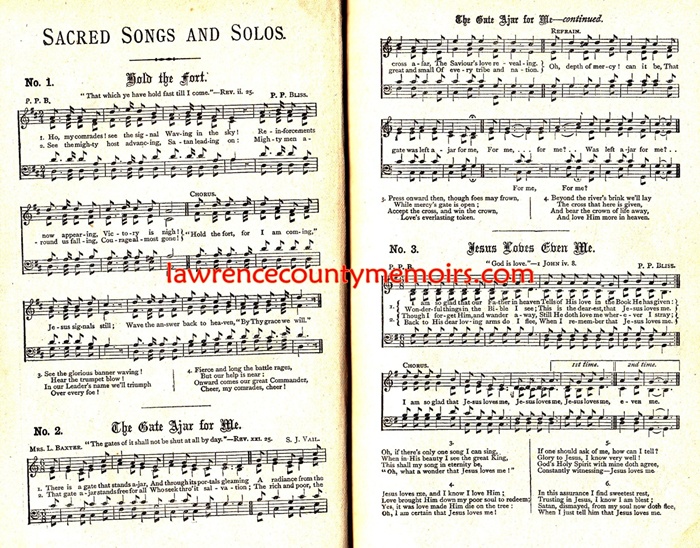 The first hymns inside the songbook entitled Sacred Songs & Solos. This is an updated volume that includes the original 441 hymns plus another 309 new compositions. This volume was published by Morgan & Scott in London but is not dated. Full Size |
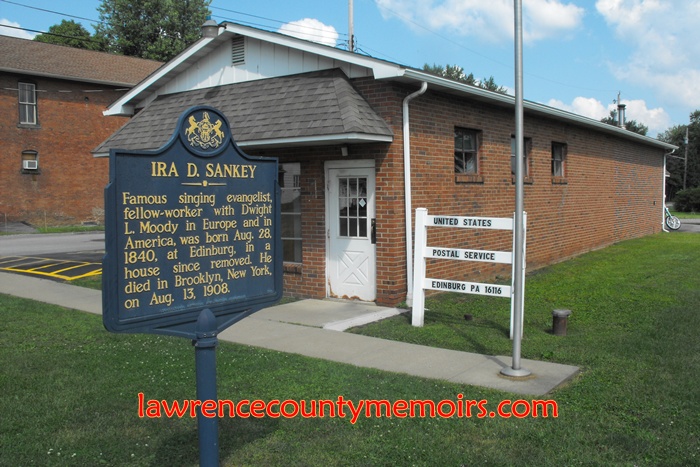 The historical marker in honor of Sankey located in the village of Edinburg. (Aug 2013) | 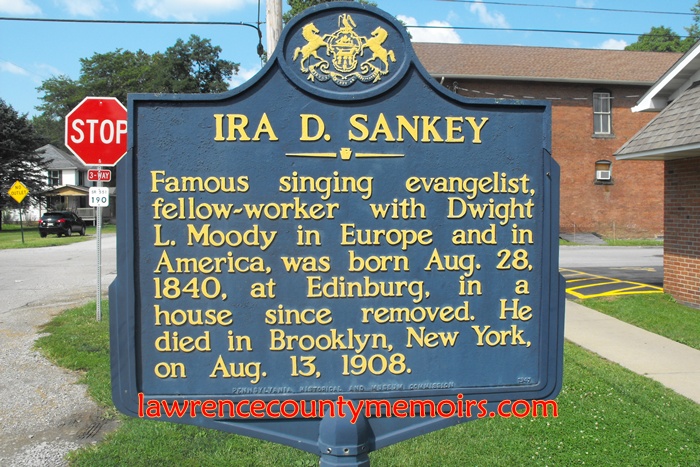 (Aug 2013) |







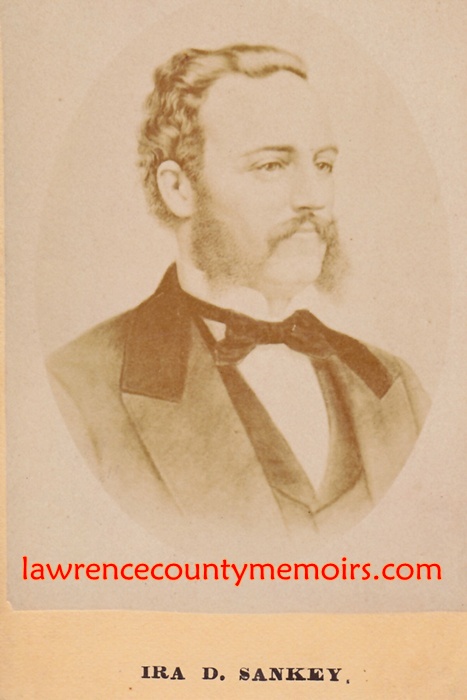

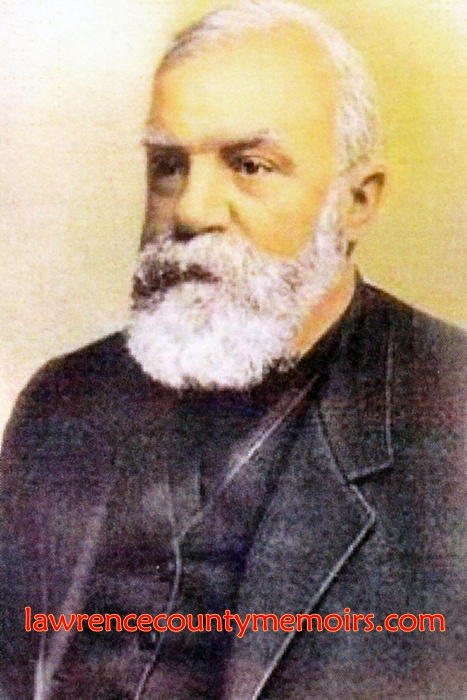
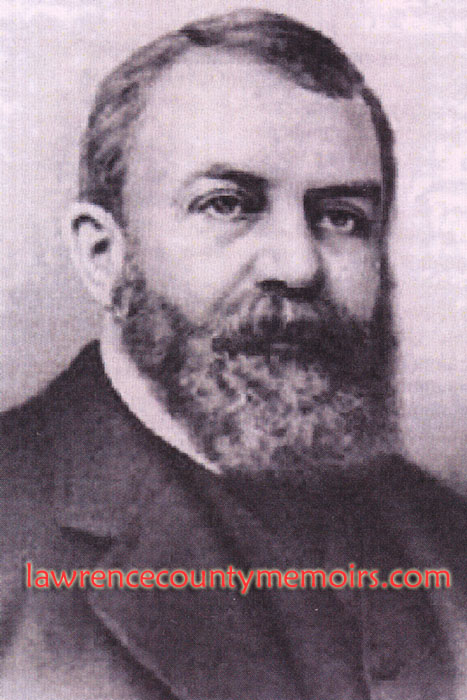
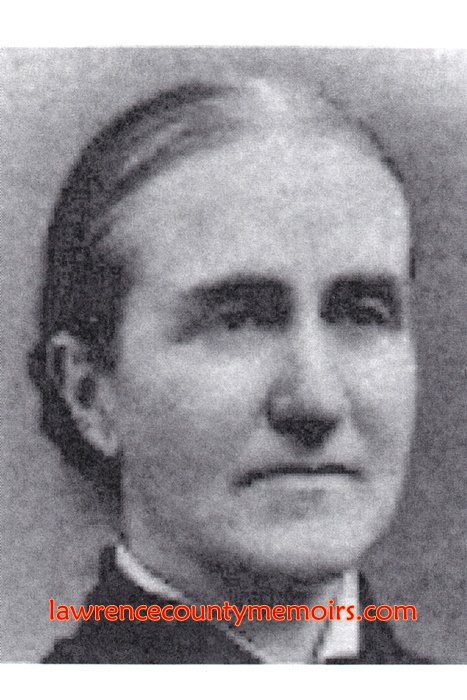
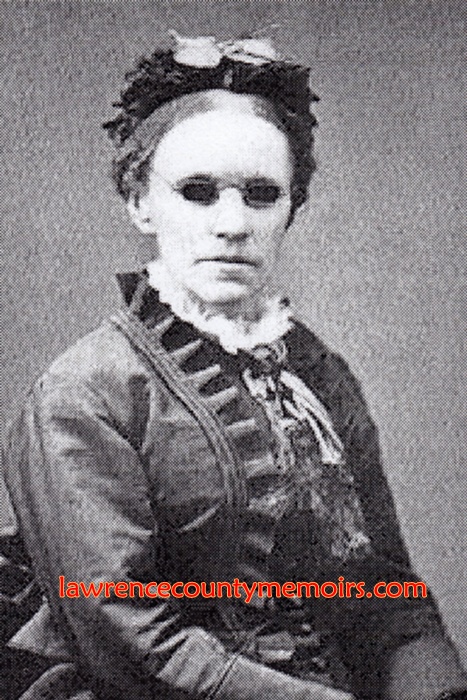
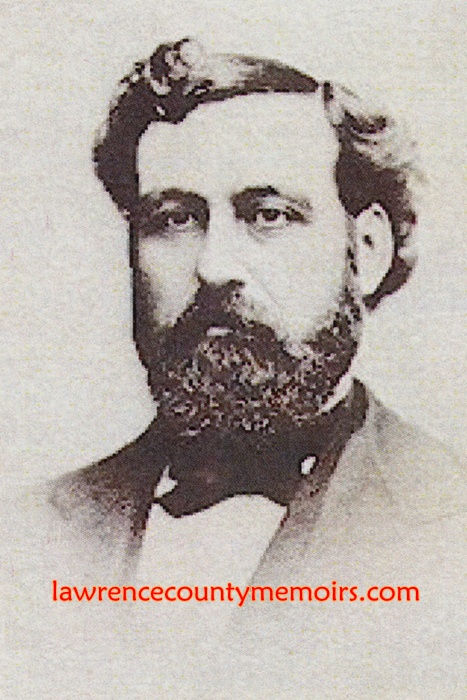
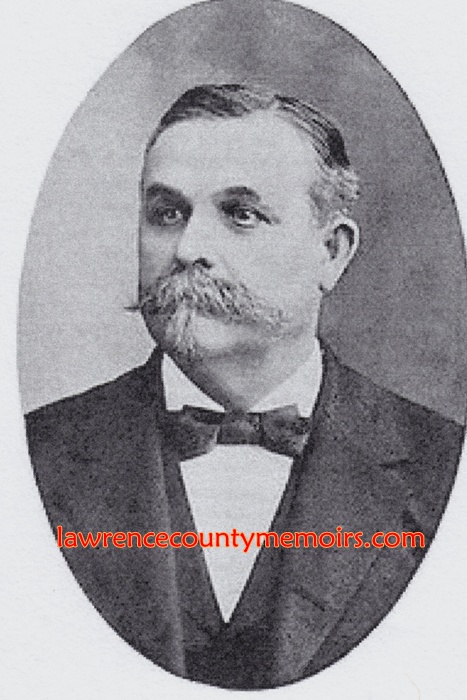
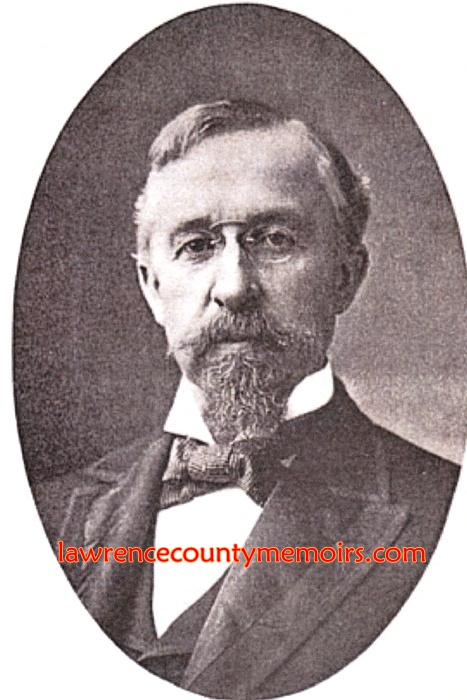

Comments
Richard Gordon #
I just came across some Biglow & Main phonograph cylinders in their original boxes. The singer on all of the cylinders is Ira Sankey. I just sold a few on eBay for $340 each. I just found this website today and was wondering if you had any interest in them.
Comment